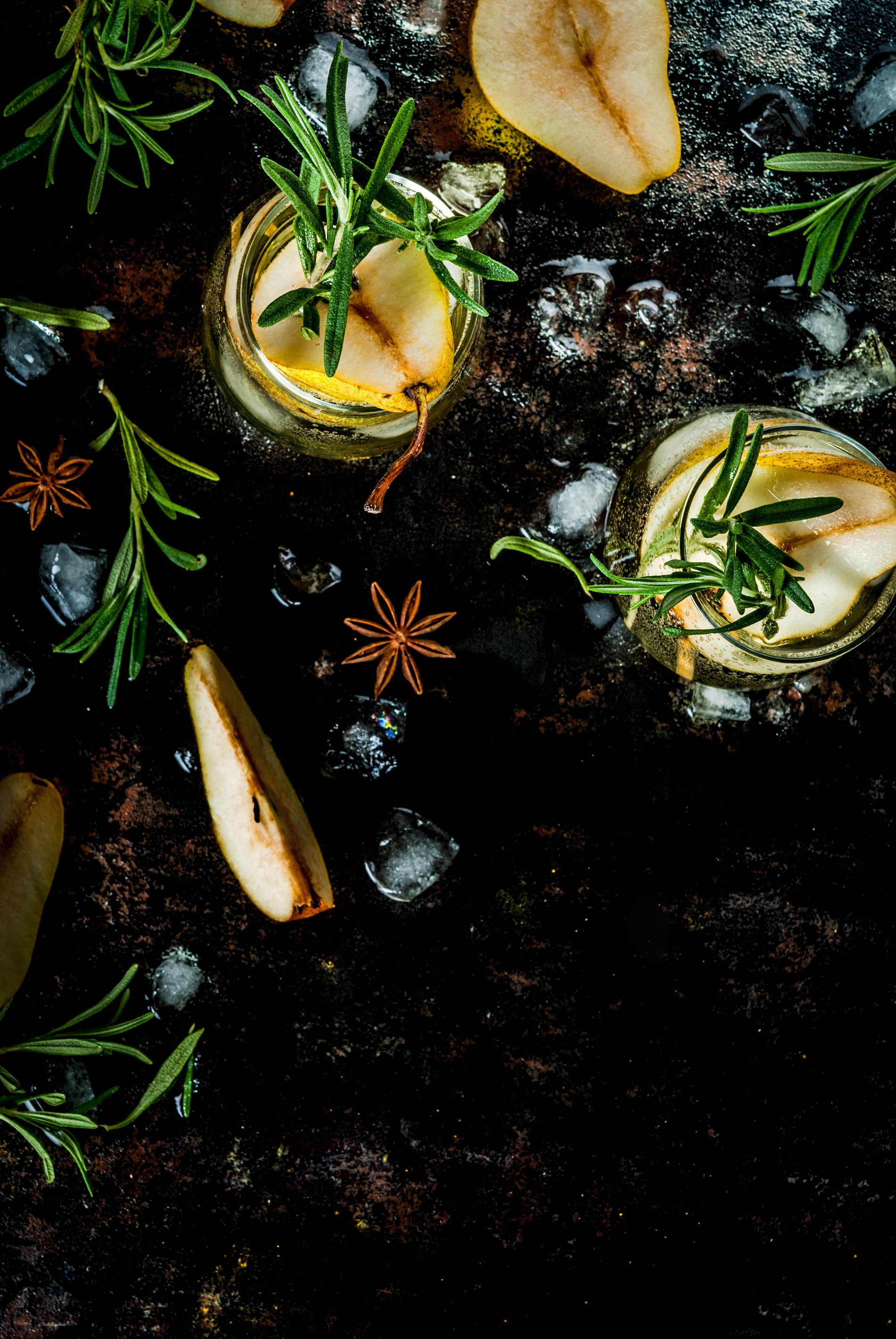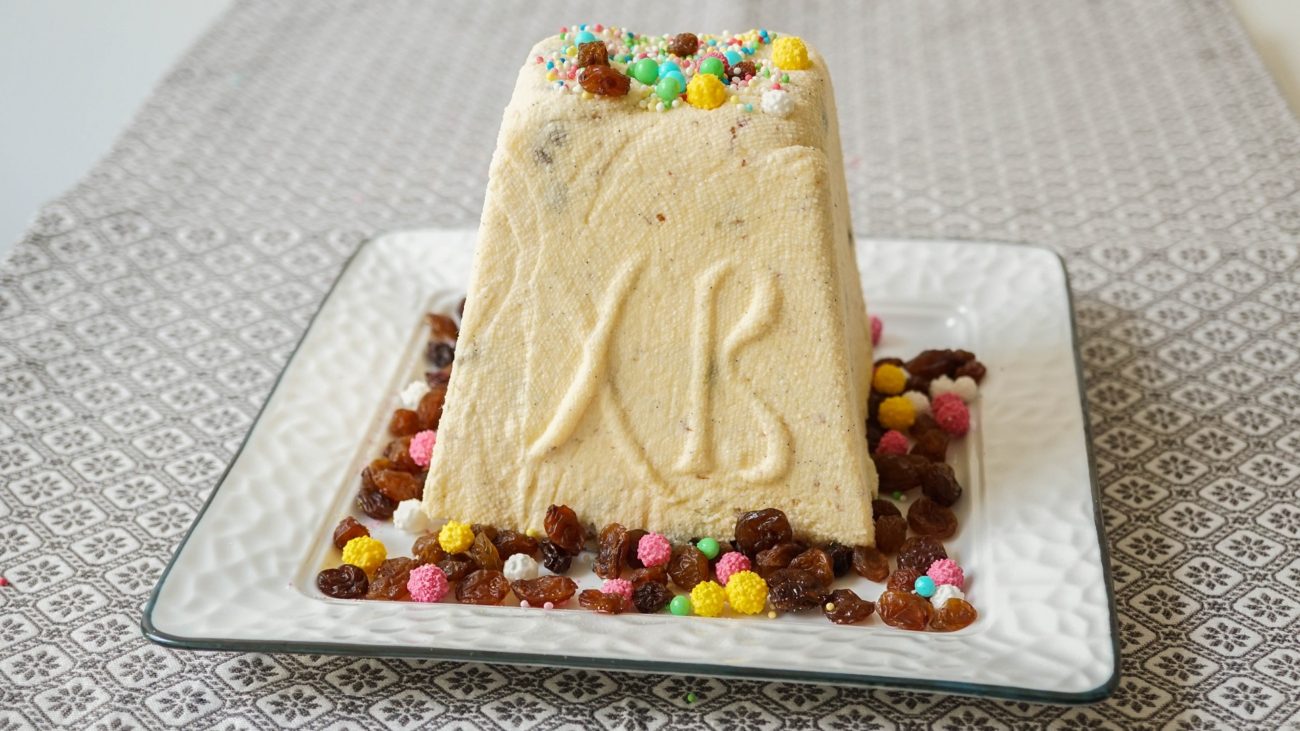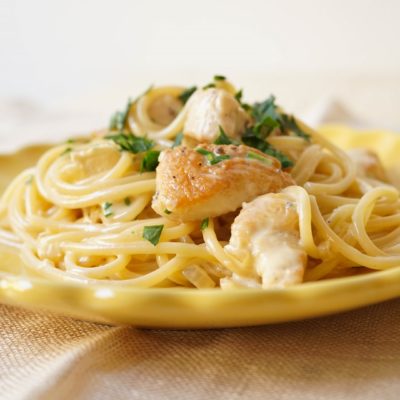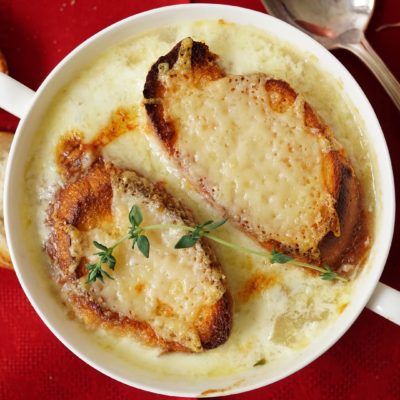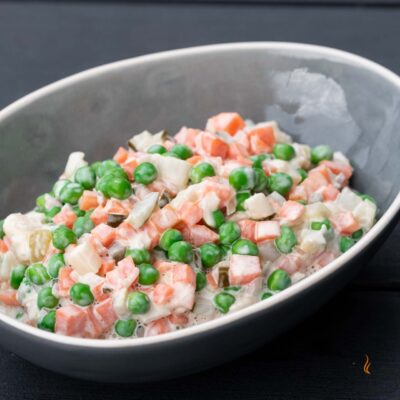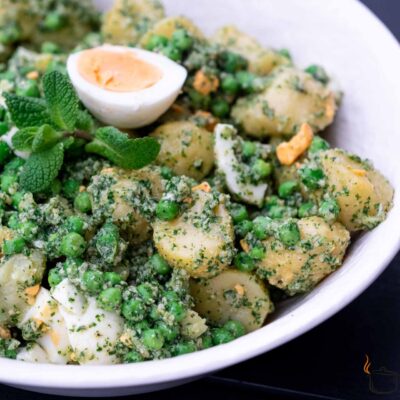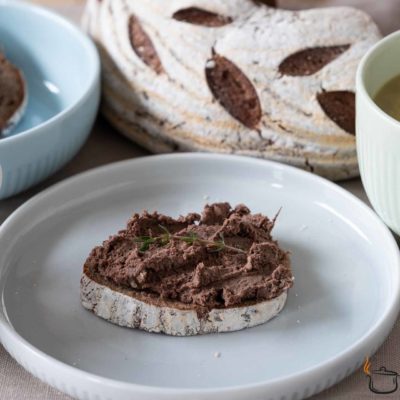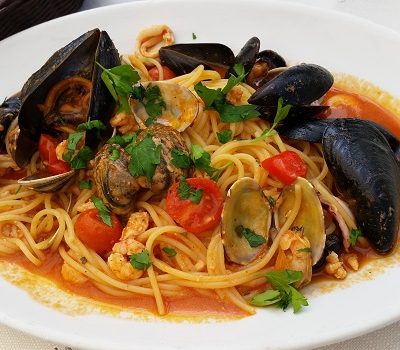Ingredients
-
500 g cottage cheese, high-fat
-
4 egg yolks
-
100 g butter, room temperature
-
125 ml cream, 30-36%
-
125 g powdered sugar
-
1/2 cup raisins
-
1/3 cup ground almonds, or any other nuts
-
1 vanilla pod, or 1 package vanilla sugar
Directions
The recipe is called ‘classic cottage cheese paska’, but it has some ‘non-classic’ moments that make a traditional dish an incredibly delicious and soft dessert, that melts in your mouth. Tip-top!
But first let me tell you something about a cottage cheese paska.
A cottage cheese paska is a traditional Easter dish eaten in Orthodox Christian countries. The recipe of paska includes rich ingredients, such as cottage cheese, egg yolks, cream. Decorated paska usually looks bright and festive. It is prepared by almost bringing to a boil over medium heat.
Traditionally, the paska is prepared in a special mold with Othodox symbols. Actually, any mold is fine if it suits for draining. Molds for homemade cheese are also great.
Cooked and molded and pressed cottage paska should be refrigerated for at least 12 hours, or better 24 hours. Within this time excess whey will drain and the dessert will be done.
I recommend you try cooking this cottage cheese paska, you and especially your kids will love it!
Today's visits: 2.
Steps
|
1
Done
|
They key to the perfect cottage cheese paska as well as to any other cottage cheese dishes, is cottage cheese itself. It should be high fat, not sour, dry and finely sieved. If your cottage cheese meets these requirements – your paska will have a divine flavor! |
|
2
Done
|
If the cottage cheese is wet, let it drain by placing it in a cotton bag and hanging it on the faucet. If you are not sure about whether your cottage cheese is dry enough or not, I recommend to drain it, to be on the safe side. |
|
3
Done
|
Mash the cottage cheese through a sieve twice. You may also process is through a meat mincer or with a blender, also twice. |
|
4
Done
|
In another bowl, whisk the yolks with powdered sugar until slightly yellow (almost white) and fluffy. |
|
5
Done
|
Add cream and continue whisking. Now you end up with purely white fluffy cream. It will tempt you to eat it :) |
|
6
Done
|
Add the egg cream mixture to the pot and bring to a boil over medium heat. We need the mixture smoothly thickened, so stir it constantly otherwise the yolks on the bottom could boil. When it is about to boil, the mixture will thicken and produce more steam. Don’t let it boil, remove from heat. |
|
7
Done
|
Let the mixture cool, then pour it into a regular big bowl or mixer bowl. Add the cottage cheese and mix. Add the softened butter. Cut the vanilla pod lengthwise, scrape out the seeds and add them to the cottage cheese mixture. Mix until smooth. The seeds will disperse throughout the mixture making the paska more exquisite. |
|
8
Done
|
Add the raisins and nuts. Carefully mix with a spatula. |
|
9
Done
|
The mixture will have medium thickness. Place in in the fridge for 1 hour to make it more thick. |
|
10
Done
|
Fold cheesecloth in three, soak it with water and squeeze dry. The cloth should be wet but water shouldn’t be dripping from it. This will help to easily release the paska. |
|
11
Done
|
Place the mold into a deep bowl for the paska to drain. Carefully line the mold with the cheesecloth leaving at least 10 cm on each side. |
|
12
Done
|
Spoon the cottage cheese mixture into the mold, forming the necessary texture or pattern. |
|
13
Done
|
Fold the ends of the cheesecloth neatly over the top. Place a place over the cheesecloth, then a “press”, such as a can, or a stone on a plate. Be sure the press is heavy but compact enough. |
|
14
Done
|
Refrigerate for at least 12 hours, or better 24 hours. Don’t forget to empty the bowl occasionally. |
|
15
Done
|
When the paska is done, remove the press and touch the paska – it should be quite thick. Open the ends of the cheesecloth, unmold the pashka onto a serving plate and carefully remove the cheesecloth. How to serve: Garnish to your liking, serve cool for Ester. How to keep: Can be kept refrigerated for up to 4 days. Cover with plastic wrap for the cottage cheese not to dry. |
